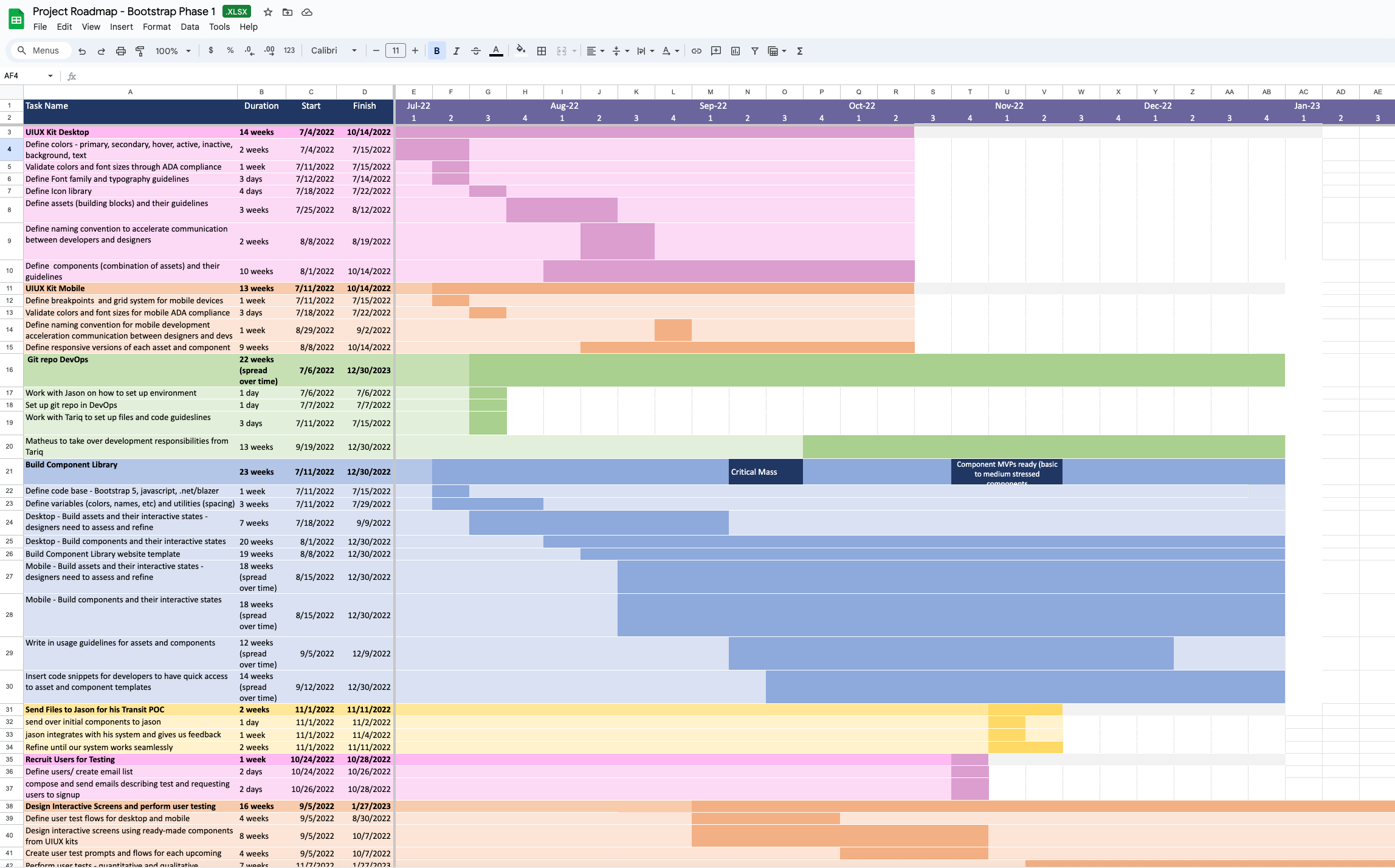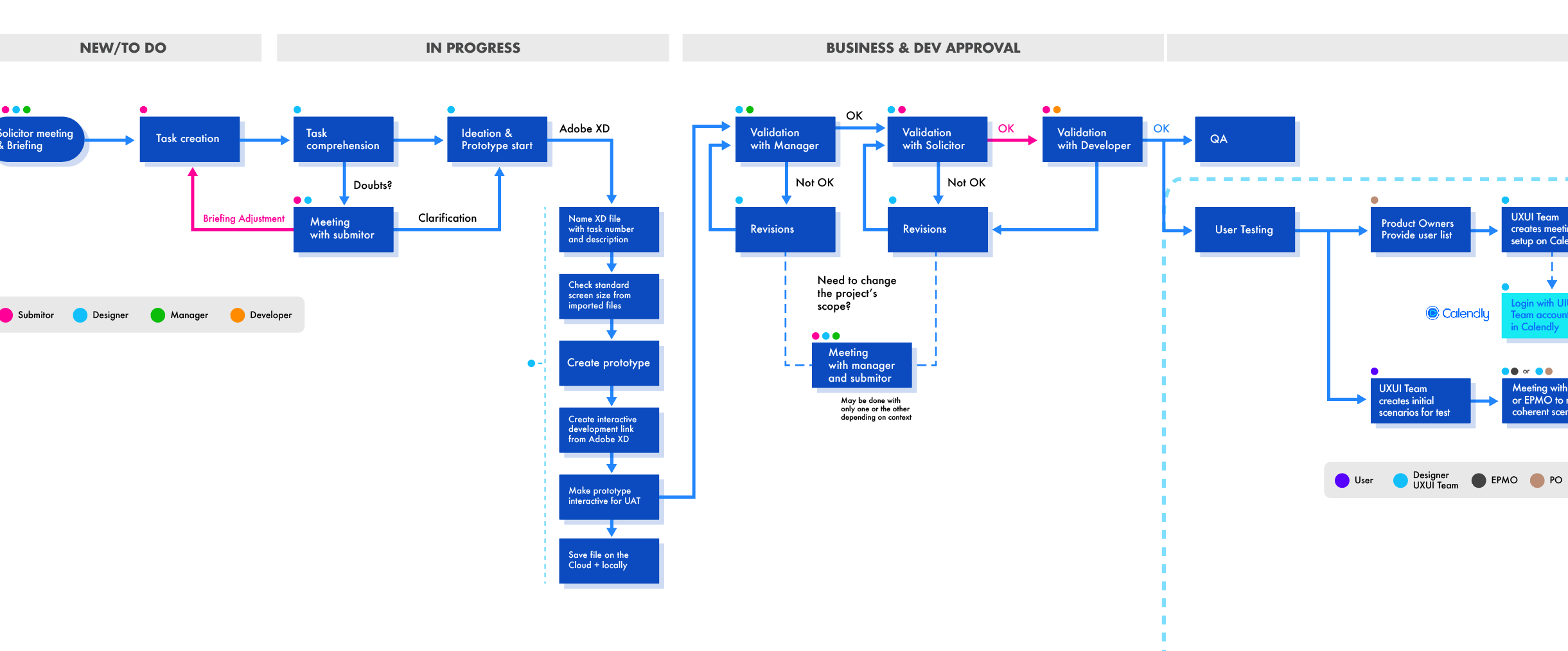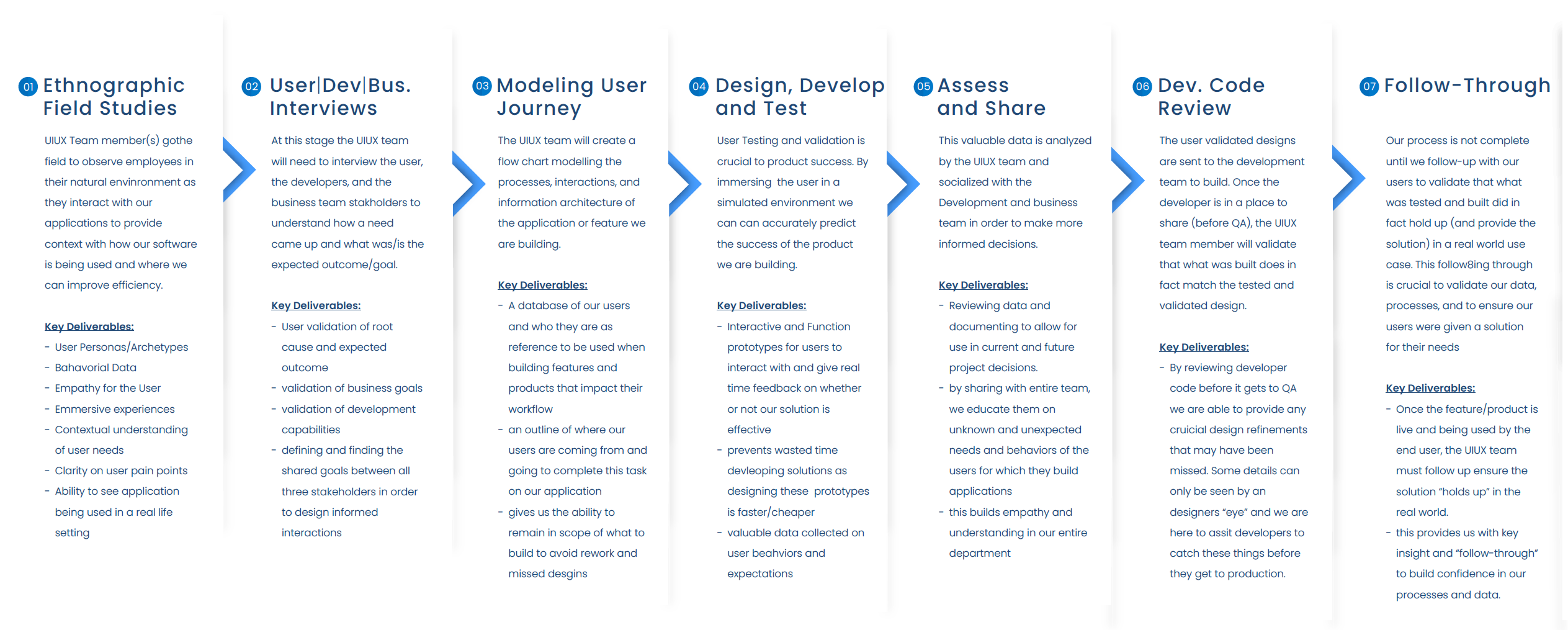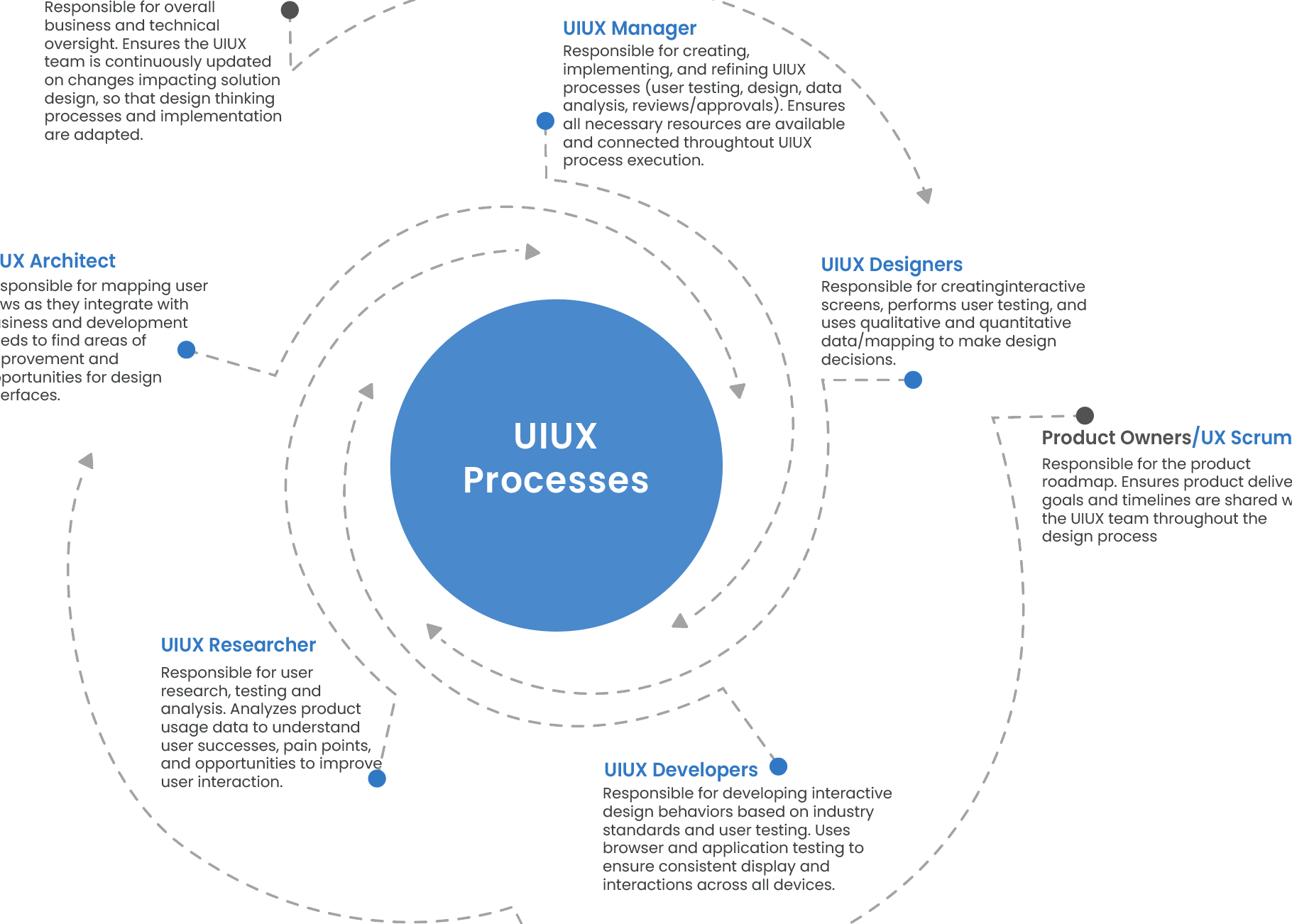Summary:

UX Maturity
With the growing use of mobile devices, industries quickly realized the need to rapidly improve their online presence and cater to their users emotional and digital needs. As a result, we saw a rise in the demand for UX specialists.
It's important to note that most companies will never reach UX Maturity and that's ok. In many cases, there is no need. At a certain point, critical mass will be met in terms of how much UX can optimize and any additional implementations will cause a drop in the value curve.
UX Maturity really only serves larger companies that overlap numerous industries (eg. Amazon, Instragram, Facebook, etc. these companies have social interactions, marketplaces, and numerous income producing features).
Resource Management
Leading agile UX teams involves managing, course-correcting, and directing their work. Being able to provide guidence to not just your team but also to the cross-functional teams outside of yours. Being able to have organized, easily digestable project roadmaps and trackers is crucial to the success of your product delivery cycle.
Over the years I've used just about every task tracker you can think of; Basehouse, Jira, DevOps, Trello, Monday, you name it, I've used it. Having a deep understanding of the why behind the work being done, how it ties to the business goals, how it supports user needs, and the technical capabilities of the teams will guarantee the success of your team's work.

UX Workflow
Defining a clear workflow allows your team to focus on the task at hand rather than worrying if they are missing critical steps. I like to have two flows; one more robust with industry standard steps, and one that is lean with only what's necessary.
It's important to be flexible and find creative ways to fit your UX requirements into project workflows especially when working with cross-functional teams that have pre-existing processes in place.


UX Processes
At a high-level, we can group the full UX product life cycle into 7 main steps:
- 1. User Research
- 2. Stakeholder Interviews
- 3. Information Architecture
- 4. Design and User Test
- 5. Process and Share Findings
- 6. Web Development Review
- 7. User Follow-up
UX Team Structure
When starting a new project, joining a new team, or hiring new members, it's important to take the time to understand the skillsets needed before work is started. Some projects require more designers while others only need research. Knowing this ahead of time helps for better preparation and efficiency. Understanding the strengths within your existing team will also allow UX leaders to better prepare for unexpected project needs.

UX Workshops and Training
It is critical as a UX leader to continuously develop the skillsets of your team. Pay close attention to gaps in their knowledge and find creative ways to help them develop.
One of the ways I encourage learning is through group activities such as design critiques for random designs found online. This allows the team members to objectively analyze the work while also seeing their coworkers insights. This not only develops their "UX Eye" but also their confidence to share their thoughts in a group setting.